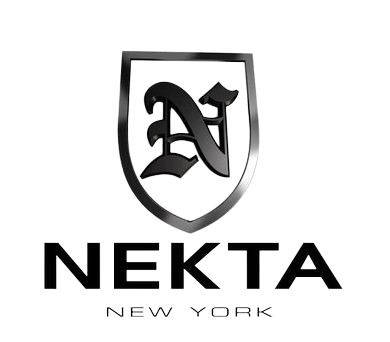
What You Need to Know About GIA’s New Lab-Grown Diamond Reports (And How It Affects You)
If you’re shopping for a lab-grown diamond—or even thinking about it—you need to know what’s changing in 2025. The GIA (Gemological Institute of America), the world’s most trusted authority in diamond grading, is shaking things up. And this isn’t just an industry update—it directly affects how you shop, what you pay, and the value of what you’re buying.
Let’s break it down, no fluff—just facts, clarity, and real insight from someone who’s been helping clients like you for over 20 years in the New York Diamond District.
🚨 What’s Changing?
GIA is rolling out a brand-new system for grading lab-grown diamonds. Instead of the traditional 4Cs—Cut, Color, Clarity, and Carat Weight—you’ll now see simplified descriptive categories like:
- Premium
- Standard
And that’s it.
No more D color, VS1, triple Excellent… just a broad classification. Some lower-tier stones won’t get any classification at all.
💎 Why This Matters to You
This changes the game for everyone buying, selling, or wearing lab-grown diamonds.
1. Pricing Will Shift
Lower-quality lab-grown diamonds will likely drop in value because they won’t have detailed GIA grades backing them. On the flip side, “Premium” stones may become more desirable—and more expensive.
➡️ Translation: Buy smart. A cheap lab-grown diamond today might lose value tomorrow if it can’t meet the new GIA standards.
2. Cert Confusion
Shoppers will be comparing older GIA reports (with 4Cs) to newer simplified reports. Some dealers won’t explain the difference—but I will.
➡️ I’ve already started helping my clients understand what these new reports really mean, and how to compare apples to apples.
3. Not All Lab-Grown Diamonds Are Created Equal
Let me be blunt: there’s a lot of junk out there. I don’t deal in junk. I focus on top-tier stones—whether they’re lab-grown or earth-mined—because I know you care about quality, value, and beauty.
➡️ The best lab-grown diamonds are still an amazing option, especially when they’re well-cut and set properly. But now, certification matters even more—and so does your jeweler.
🧠 What I Recommend (As Your Trusted Advisor)
- Ask questions. If you’re shopping online or in-store and they can’t explain the GIA report, walk away.
- Don’t just chase carat weight. A 3-carat diamond with no report and poor cut isn’t a deal—it’s a mistake.
- Work with a real jeweler who understands these changes and can guide you toward long-term value.
I personally hand-pick every lab-grown diamond I sell. If it’s not something I’d wear or gift to someone in my own family, I won’t offer it.
🛍️ Want the Best Value in Today’s Market?
Whether you’re considering lab-grown or natural diamonds, I’ll help you make the right choice. I’ll show you real stones, real settings, and real options, either in person or over FaceTime or WhatsApp.
📲 Call or text me directly: (212) 921-4647
📍 Visit my NYC showroom or shop online at NektaNewYork.com
Final Word
The GIA report is changing—but the truth is, it was never just about the paper. It’s about who you buy from, how the diamond looks in real life, and whether you’re making a smart investment.
I’m here to make sure you do.
– Mike Nekta, New York
